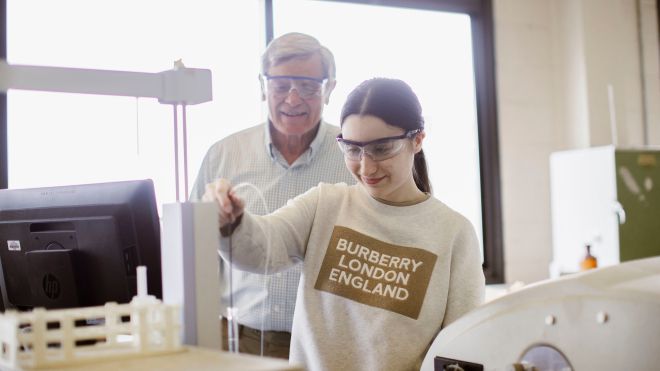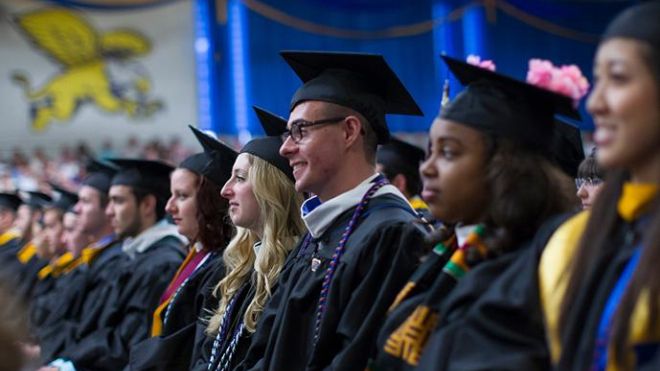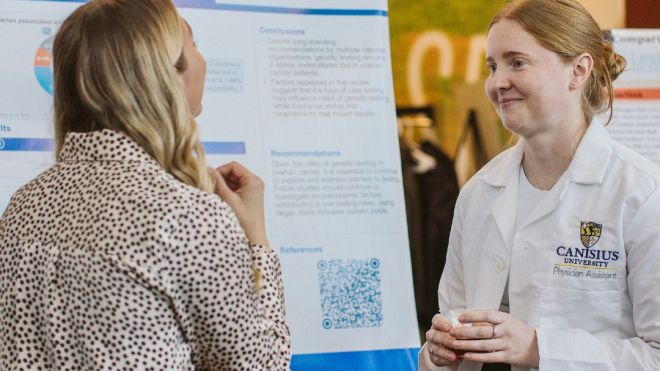Richard Norris came out of hiding earlier this year.
He lived life behind a surgical mask for more than a decade, after an accidental shotgun blast shattered the bottom half of his face. Norris lost most of his upper and lower jaws, his teeth, lips, nose and part of his tongue. He had reached the limits of traditional reconstructive surgery when Branko Bojovic ’98, MD, and a team of plastic and reconstructive surgeons, presented Norris with an unconventional alternative: a full facial transplant. The procedure was performed in March 2012.
“We anticipate Richard Norris will achieve near 100 percent full facial function in the not so distant future,” says Bojovic.
A plastic surgeon and assistant professor at the University of Maryland Medical Center (UMMC) Shock Trauma Center, Bojovic humbly says that serendipity contributed to his role in UMMC’s groundbreaking surgical achievement. “I happened to arrive at UMMC when the center was about to initiate the clinical phase of its facial transplant research.”
But it was the 36-year-old’s combined specialties in cranium axel facial (cranio-facial) surgery and microsurgery that made him a vital contributor to the five-member team. Crania-facial surgery focuses on the anatomy above the shoulders. Microsurgery involves transferring tissue from one part of the body to another, and reconnecting the vessels and nerves. Surgeons often specialize in one area or the other; rarely both, explains Eduardo D. Rodriguez, MD, chief of plastic, reconstructive and maxillofacial surgery at UMMC.
“This marked the first time in the world that a full face transplant was performed by a team of plastic and reconstructive surgeons with specialized training and expertise in craniofacial surgery and reconstructive microsurgery,” says Rodriguez, who spearheaded the surgical team. “I was able to select an elite group of surgeons. It was a small group and they were very young but they were all individuals I knew I could trust and whose skillsets were interchangeable.”
Bojovic knew from a young age that medicine was in his blood.
His father was a dentist, his older cousin an orthopedic surgeon. Both, he says, “served as his role models growing up.” Math and science were always Bojovic’s favorite school subjects and areas in which he naturally excelled. Bojovic’s participation, however, in Canisius’ Young Scientists Research Program for high school students solidified his interest in medicine, as well as the college.
“Canisius always had a very strong reputation in pre-medicine but it became apparent to me during that summer research program that the focus was on the individual person and that was significant for me,” recalls Bojovic.
He notes that William F. Zapisek, PhD, retired director of the biochemistry program; Marius M. Kozik, PhD, chair of the Chemistry Department; and Edward C. Kisailus, PhD, professor of biology, all played influential roles in his college education.
“I’m not surprised at all that Branko is doing the type of work that he is,” says Kisailus. “As a student, he was always very earnest and concentrated in his studies. He was also very devoted to his family and his faith. These qualities make for a committed and compassionate physician.”
Bojovic’s Canisius education prepared him well for his post-graduate studies. He earned his MD from the University at Buffalo and spent two years in surgical training at Loyola University (Chicago) before he transferred to Harvard Medical School. Bojovic completed his general surgical training and his residency in plastic surgery at Harvard. Ironically, Bojovic was at Harvard when the university performed what was then, one of the country’s earliest facial transplant procedures.
“I wasn’t involved in the actual operation but I helped take care of the patient and I remember thinking then it was like a ‘Star Wars’ surgery; so new and innovative,” recalls Bojovic. “I certainly never thought I’d be involved in such a procedure.”
But when a fellowship brought Bojovic to UMMC’s Shock Trauma Center, he realized his specialized training might be put to the test. The center just completed a 10-year research project that established the potential for a total facial transplant. The next step was to prepare to perform the transplant on an actual patient.
“I was offered to stay on staff and establish my practice and that’s when it dawned on me that I would likely be involved in some way,” says Bojovic. “It was an honor when Dr. Rodriguez invited me to be part of the surgical team that would perform the transplant.”
The transplant divided the surgeons between two operating rooms. In one was the donor, a 21-year old man who died after being struck while crossing the street. The man’s family generously donated his face, along with several other organs, which went to four additional patients. In the second operating room was the recipient, Richard Norris, and Bojovic.
The surgery took a total of 36 hours and allowed for only minimal breaks amongst the core operating team.
“In the weeks leading up to the surgery, we practiced as though it was the real thing to condition ourselves for the amount of time we would spend in the operating room,” recalls Bojovic.
Eighteen months after the surgery, Richard Norris has near normal sensation in his face. He can feel a pinch on his cheek, taste the coldness of ice water on his tongue and smell the rich flavor of coffee. He’s also learning how to eat and speak again, although there are adjustments each time his face gains more feeling.
“For the past 15 years, I lived life as a recluse,” said Norris in a statement released by UMMC. “I am now able to walk past people and no one even gives me a second look. I can start working on the new life given to me.” More significant, adds Norris, “I accomplished something that could help a whole lot more people than in the past.”
Norris’ transplant and the research leading up to it were made possible by critical support from the Office of Naval Research in the Department of Defense. The surgery’s success will serve as a model for helping war veterans injured by improvised explosive devices in Iraq and Afghanistan.
“In the past, these injuries were not survivable or patients were unfortunately not able to survive reconstructive needs,” says Bojovic. “Now, with a new level of understanding and medical sophistication, many of these patients can survive and return to as normal a life as possible.”
Bojovic considers himself privileged to care for patients who face tremendously complex medical challenges. He’s similarly honored to practice alongside the army of dedicated physicians, nurses and professional staff who help to define the field and take facial transplantation to its highest level.
“This was the most extensive facial transplant surgery performed to date, in terms of the amount of skin, soft tissue, muscles, blood vessels, nerves and bone that were transferred onto a recipient patient,” says Bojovic. “Everyone at UMMC, in their own way, played very important roles and deserves thanks and credit for this accomplishment.”
Richard Norris’ remarkable new face is a clear reflection of that collaboration.
WEB EXTRA: Click here to read more of Canisius Magazine's interview with Branko Bojovic '98, MD



